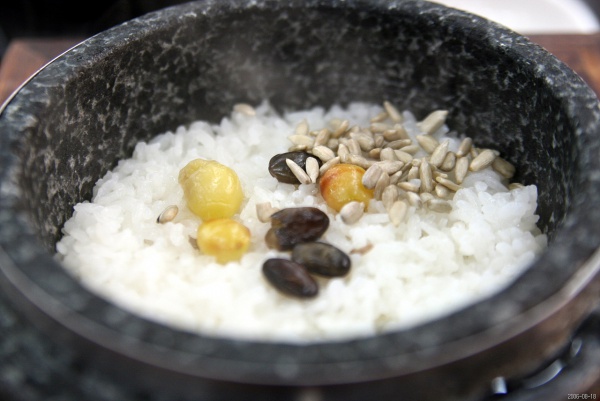Facts About Bap
Bap is a cherished traditional Korean dish that involves cooking rice, and sometimes other grains, until all the water is absorbed. A variety of ingredients such as vegetables, seafood, and meat can be mixed in to create different flavors and types of bap. In Korean culture, there are special honorific terms for bap: "jinji" for elders, "sura" for royalty, and "me" for the deceased during ancestral rites.
Traditionally, bap was prepared in a cast-iron cauldron or a stone pot, but nowadays most people use electronic rice cookers for convenience. The process starts with scrubbing and rinsing the rice, followed by soaking it before cooking until the grains are perfectly tender. The scorched rice left at the bottom, called nurungji, is a tasty snack on its own or can be used to make a comforting infusion known as sungnyung.
There are many variations of bap, depending on the ingredients used. You can choose from different types of rice such as white rice, brown rice, glutinous rice, or even a mix of grains. Adding special ingredients like vegetables, seafood, and meat can create unique and delectable bap dishes.
Some popular bap dishes include:
- Bibimbap: Mixed rice with seasoned vegetables, meat, and other toppings.
- Bokkeum-bap: Fried rice with various ingredients.
- Gimbap: Rice and ingredients rolled in seaweed.
- Gukbap: Rice served in hot soup.
- Deopbap: Rice with assorted toppings.
- Heotjesatbap: A special type of bap used in ancestral rites.
- Jumeok-bap: Rice balls.
- Ssambap: Rice wrapped in leafy vegetables.
- Yakbap: Sweet rice mixed with nuts, honey, and other ingredients.
Each of these dishes offers a unique taste experience, showcasing the versatility and deliciousness of bap.

 North Korea
North Korea